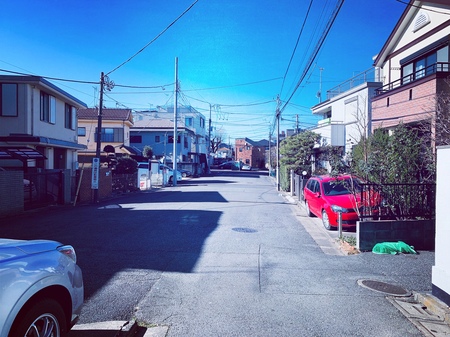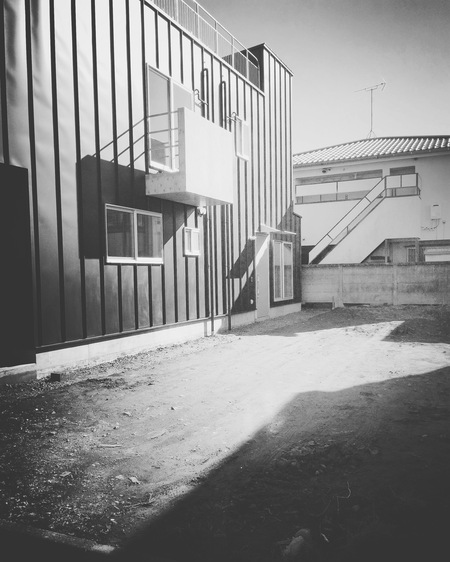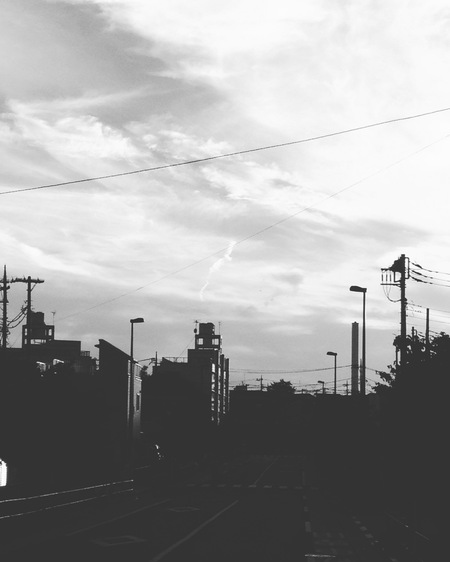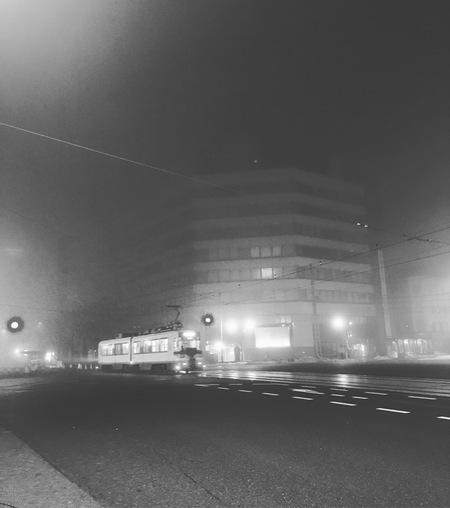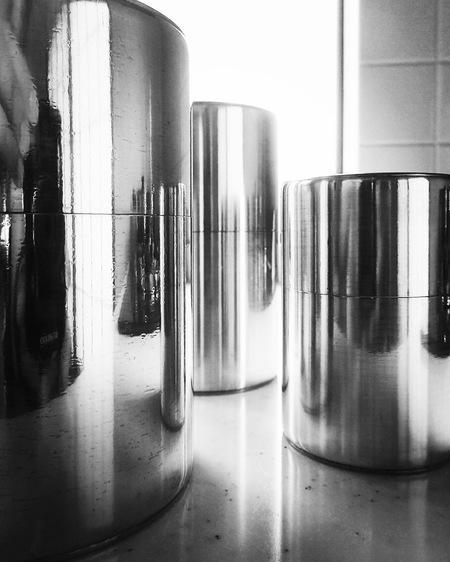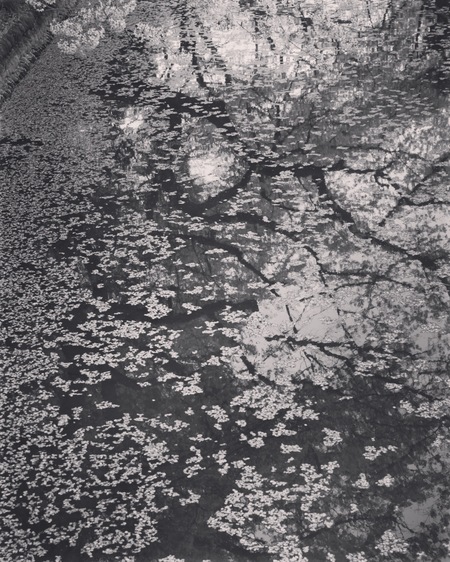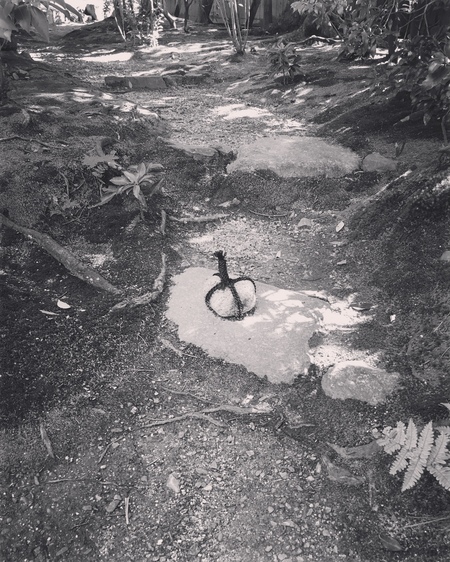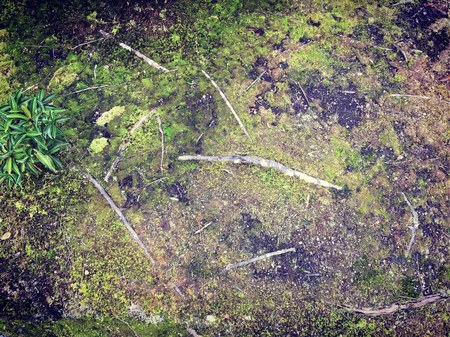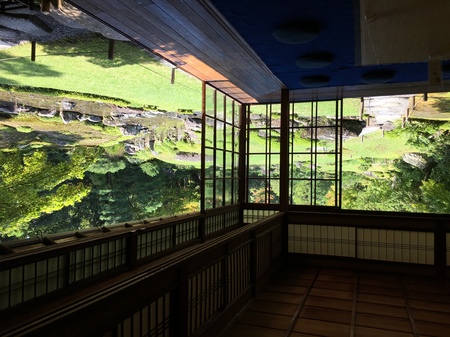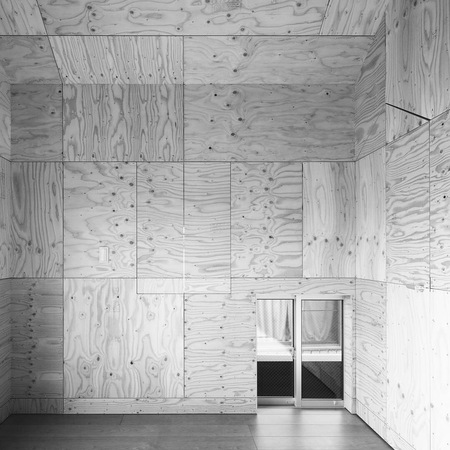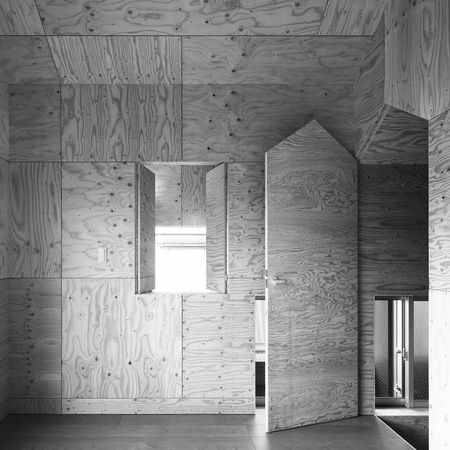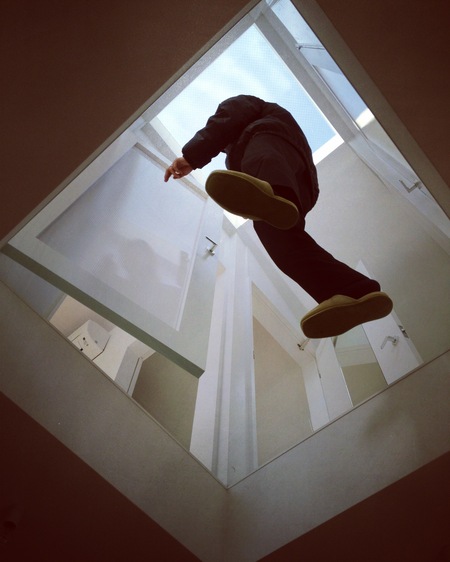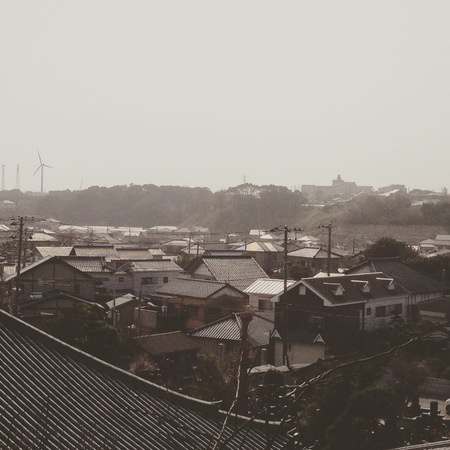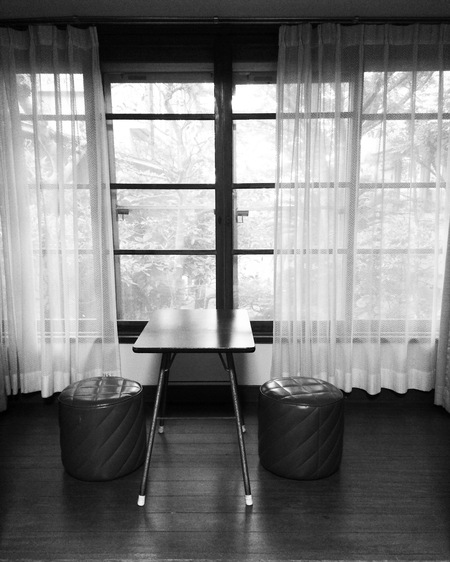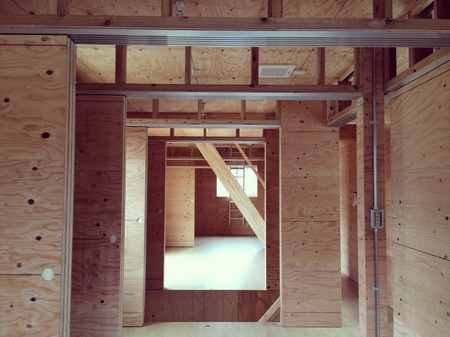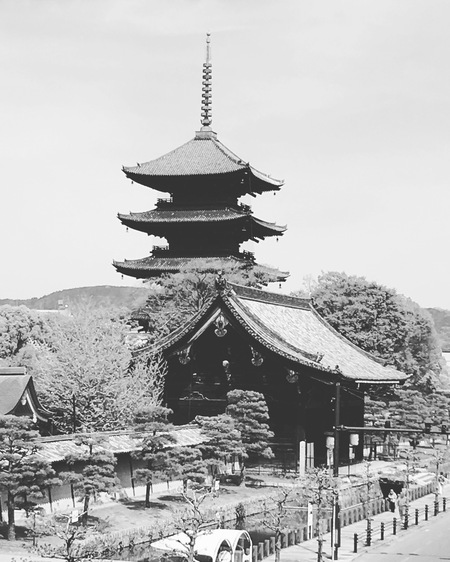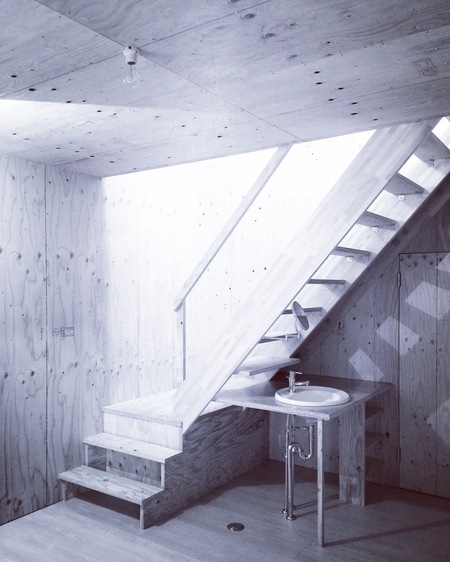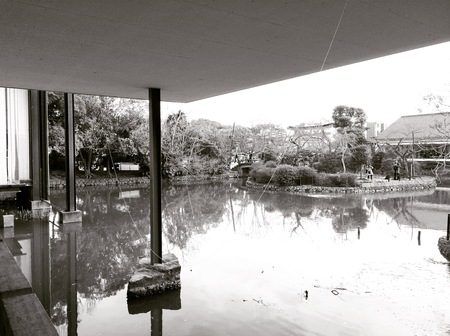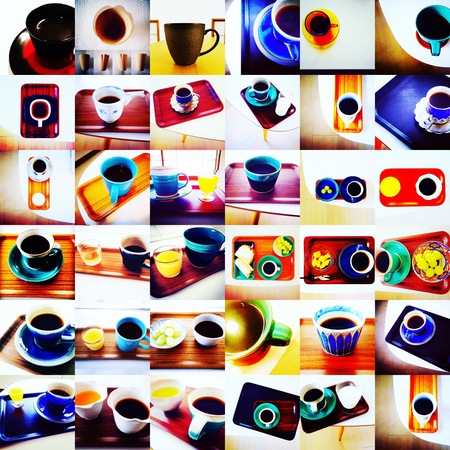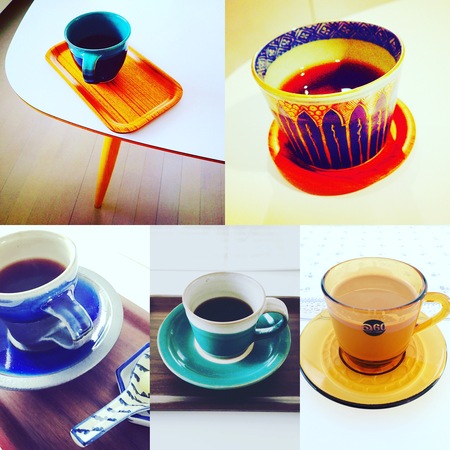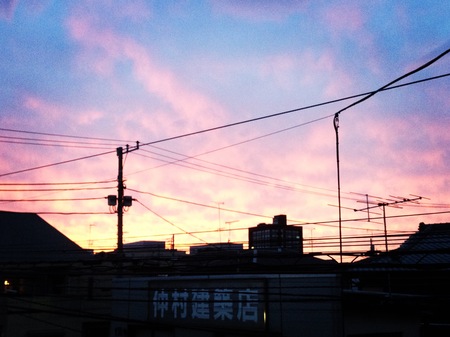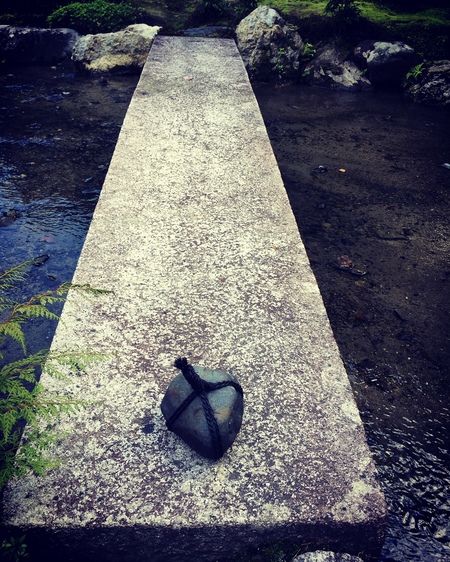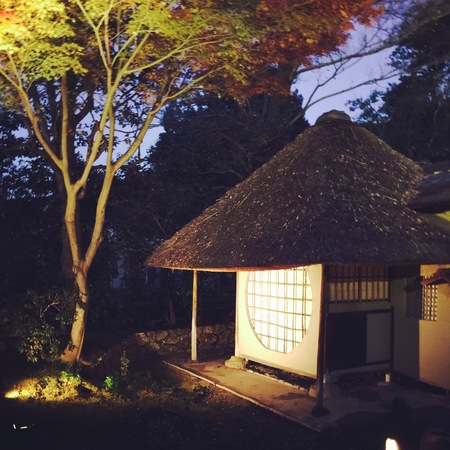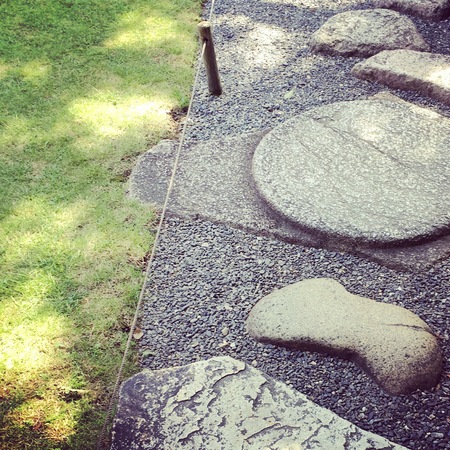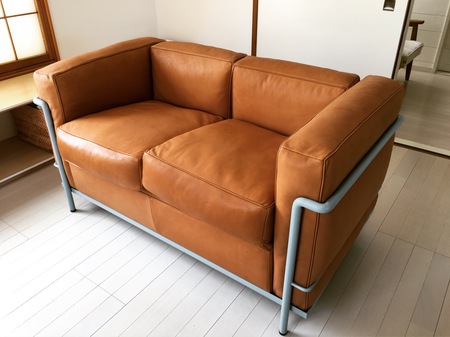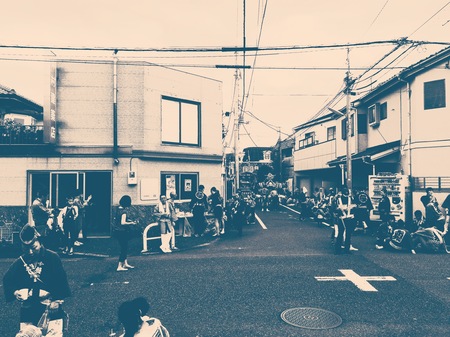建築に感触みたいなものを取り込みたいとしたら、どうするか。感触とは字の如く「触って感じる」こと。
「触る」とは、まず「手で触れる」ことだとしたら、建築に「手で触れる」機会は建具だけか、キッチンや便器や電気のスイッチなどの設備機器もあるが、それらは除いて、建築本体に手で触れる機会は、例えば、ドアのドアノブとか、建具ぐらいだろう。
「足で触れる」ということであれば床しかない。床も素足で歩いたり、スリッパを履かないで靴下でいると、手よりもいろいろと感じる。かたい、やわらかい、つめたい、あたたかい、ふわふわする、傾いている、などなど。
前にシナベニヤを床の仕上げに使ったことがあり、クライアントは普段の生活でスリッパを履かないので、訪ねて行った時に、そのやわらかい感触に驚いたことがある。工事中は汚さないために養生シートを敷いていたし、完成後もクライアントに引き渡すまでは綺麗なスリッパで歩いていたので気がつかなかった。
そう考えると、普段の生活の中で建築に触れる機会は案外少なかったりする。家具や食器などの方が日常生活の中では触れる機会が多いだろう。
だから、家具や食器などは直に感触を味わうことになるし、それがつくる方にとってはデザインの主題になることもあるし、使う側、選ぶ側は「この箸、持った時の感触がいいの」などと言ったりして、感触が決め手になったりもする。
しかし、やはり触れる機会が少ないからか「この建築、感触がいいの」などという言葉はあまり聴いたことが無い。
我々は勉強のために建築を見学したりする時などは、設計者がたぶんここにチカラを入れていそうな所を見つけると、例えば、階段の手すりなどを、わざわざ念入りに触ったりするけれど、普段の生活の中では特別意識でもしない限り、触ったりしないだろう、階段の手すりくらいは無意識に握ったりするかもしれないが、感触までは意識していない人が多いのでは。
では設計する側は、全く感触のことなど考えていないかと言うと、そのようなことは無い。
「この部屋の壁は、ちょっとザラついた感じの壁にしたいな」など普通に考える。ザラついた感じは、まさに感触だが、触れて本当にザラついているかどうかでは無くて、見た目でザラついた感じ、光があまり反射しないで落ち着いた感じにしたいな、ということを実現したいのだ。
言葉やイメージでは感触を言っているのに、扱っているのは見た目なのである。
建築の場合は、案外これが多い。
触れることが少ないから、見た目でどのような感触を想起させることができるかを設計しているのだ。
見た目の仕上げとそこから想起される感触に違和感が無ければ、わざわざ触ることも無いし、そこで違和感を出すことも設計の内で、そうデザインすることは可能だが、そのワザとらしさみたいなものがいやらしい時もある。
家具が触れるものならば、建築を家具化するという考えもある。その一番簡単なことが造り付けの収納であったり、テーブルであったり、ベンチシートだったりする。建築を家具化すれば、直接建築に触れる機会も増えるので、感触を直に考える機会が多くなる。
ただそれらは、見た目であったり、家具化であったり、何らかの結果で感触があるに過ぎないので、感触自体が建築を決めることにならない。そうでは無くて、感触そのもので成り立つ建築はできないものかと考えているのだ。
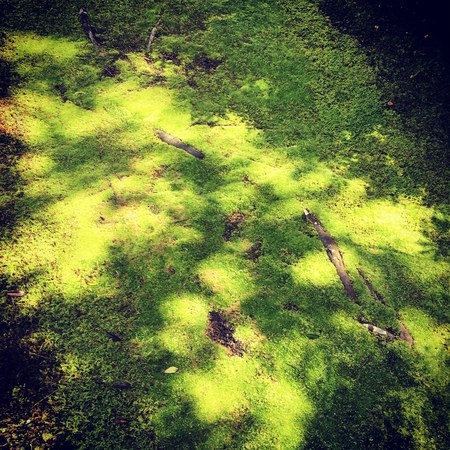
"Feel of architecture vol.1"
What would you do if you wanted to capture what you feel like buildings? Feeling is "touching and feeling" like a letter.
"Touching" means that if you first touch it with your hands, there are opportunities for building "touching by hands" only with fittings, equipment such as kitchens, toilet bowls and electric switches, but excluding them, The opportunity to touch the building itself with hands would be, for example, the door knob of the door or the fittings.
There is only the floor if it says "touch by feet". When walking on the bare feet on the floor, wearing socks without wearing slippers, I feel more than hands. Firm, soft, cold, warm, fluffy, leaning, etc.
Before I used the sinavena for the finish of the floor, the client does not wear slippers in my normal life, so when I visited, I was surprised by the soft feel. While under construction I was laying curing sheets to keep it from getting dirty and I did not notice it because I was walking with beautiful slippers until delivery to client even after completion.
If you think so, the opportunity to touch architecture in my normal life is unexpectedly low. There are many opportunities for furniture and tableware to be touched in everyday life.
So, furniture and tableware will taste directly, and for those who make it, it may be the subject of design, and the side to use and the side to choose are "This chopsticks, the feeling when holding it And saying that 's feeling is also decisive.
However, I have never heard the word "This architecture, feeling is nice" because I have less opportunity to touch.
When we visit the architecture for studying, if we find the place where the designer probably is going to put the power here probably, for example, they carefully touch the railings of the stairs etc, I would not touch it unless special consciousness in my life, may unconsciously grasp the railings of the stairs, but there are many people not conscious of the feeling.
In the designer, if you say that you do not think about the feeling at all, there is no such thing.
I think as usual, "I want the wall of this room to be a wall that feels a little rough." The touch feeling is exactly the touch, but I'd like to realize that I do not care whether it really touches me by touching it, I feel rough with the appearance, I want to feel calm without reflecting much light.
Words and images tell the feel, but what we are dealing with is apparent.
In the case of architecture, this is surprisingly large.
Since I do not touch much, I am designing what kind of feeling can be remembered with the appearance.
If there is no sense of incongruity in appearance finish and the feeling recalled from there, there is no way to touch it and it is possible to design so that it gives a sense of incompatibility in the design, so it is possible to design so There are times when it is nasty.
If the furniture is touchable, there is also the idea of building furniture. The easiest thing to do is build-in storage, tables, bench sheets. As buildings are furnitureed, opportunities to contact construction directly increase, so there are many opportunities to think directly at the feel.
However, since they are just looks, furniture, and there is only a feeling with some result, the feeling itself does not determine the building. It is not so, I think that it can not be constructed with the feeling itself.

